Home>Furniture & Design>Outdoor Furniture>How To Build An Outdoor Climbing Wall
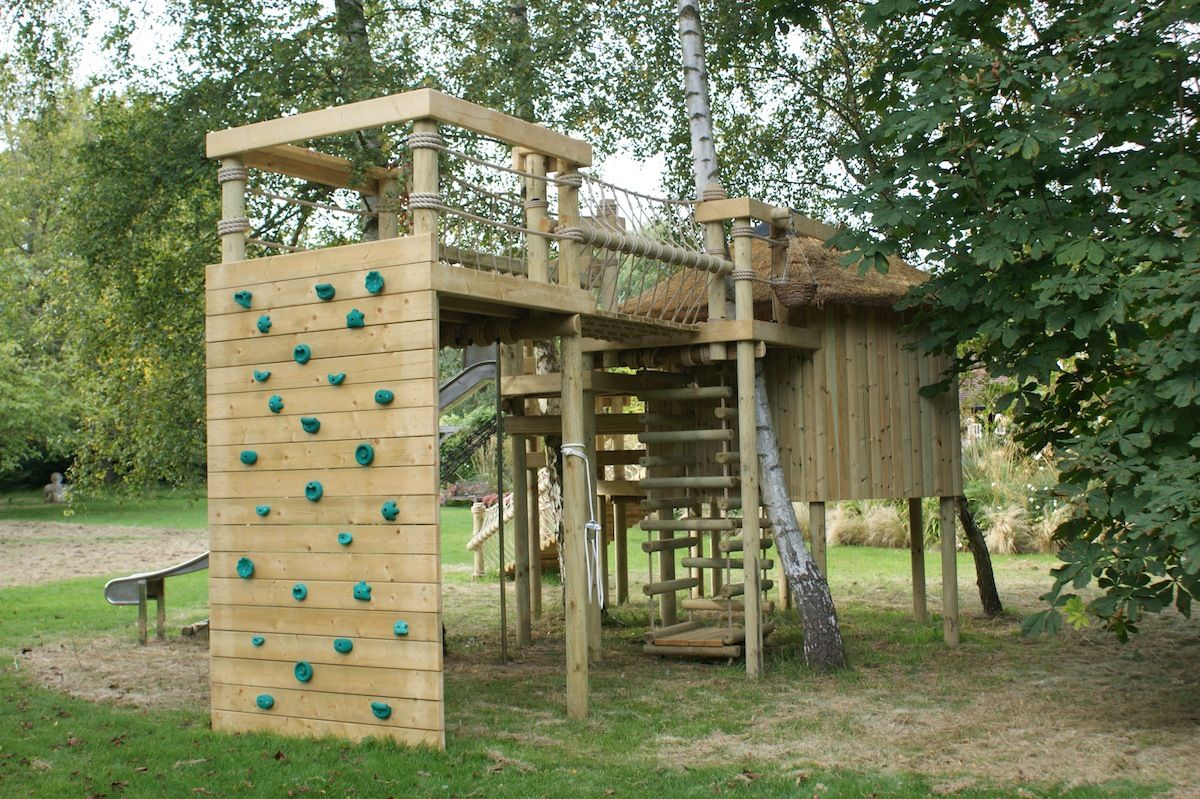

Outdoor Furniture
How To Build An Outdoor Climbing Wall
Published: January 16, 2024
Learn how to build a durable and stylish outdoor climbing wall with our expert tips and design ideas. Create a unique focal point for your outdoor space. Discover outdoor furniture and design inspiration!
(Many of the links in this article redirect to a specific reviewed product. Your purchase of these products through affiliate links helps to generate commission for Storables.com, at no extra cost. Learn more)
Introduction
Are you a climbing enthusiast looking to take your passion to the next level? Or perhaps you're seeking an exciting and challenging addition to your outdoor space? Building an outdoor climbing wall could be the perfect project for you. Not only does it provide an opportunity for physical activity and adventure, but it also adds a unique and eye-catching feature to your outdoor area. Whether you're an experienced climber or a novice, constructing your own outdoor climbing wall can be a rewarding and fulfilling endeavor.
In this comprehensive guide, we will walk you through the step-by-step process of creating an outdoor climbing wall that is not only functional but also aesthetically pleasing. From selecting the ideal location to ensuring safety measures are in place, we'll cover everything you need to know to bring your vision to life. By the end of this journey, you'll be equipped with the knowledge and confidence to embark on this thrilling project.
So, roll up your sleeves, gather your tools, and get ready to delve into the world of outdoor climbing wall construction. Whether you're aiming to challenge yourself physically, enhance your outdoor space, or simply add an element of excitement to your surroundings, building an outdoor climbing wall is an adventure in itself. Let's embark on this exhilarating journey together and turn your outdoor climbing wall dream into a reality.
Key Takeaways:
- Building an outdoor climbing wall requires thorough planning, precise construction, and a strong focus on safety to create a fun and challenging space for climbers of all levels.
- The outdoor climbing wall is more than just a structure; it’s a symbol of adventure, community, and the limitless potential for growth and achievement in the great outdoors.
Read more: How To Build An Outdoor Privacy Wall
Planning and Preparation
Before embarking on the construction of your outdoor climbing wall, thorough planning and meticulous preparation are essential. This phase sets the foundation for a successful and safe project, ensuring that every step is carefully considered and executed. Here’s how to get started:
- Assess Your Space: Begin by evaluating the available outdoor space where you intend to build the climbing wall. Consider the dimensions, terrain, and surrounding environment. Ideally, the area should be spacious enough to accommodate the wall and provide sufficient clearance for climbing and movement.
- Research Local Regulations: Check with your local authorities or homeowner’s association to understand any regulations or permits required for constructing a climbing wall on your property. Compliance with building codes and safety standards is crucial to ensure the legality and structural integrity of your project.
- Set a Budget: Determine the budget for your outdoor climbing wall project. Factor in the costs of materials, tools, safety equipment, and any professional assistance you may require. Establishing a clear budget will guide your purchasing decisions and help prevent overspending.
- Consider Safety: Safety should be a top priority throughout the planning process. Anticipate potential risks and hazards associated with climbing activities, and plan accordingly to mitigate them. This may involve incorporating safety features, such as crash pads, landing zones, and proper anchoring systems.
- Define Your Objectives: Clearly outline your goals for the climbing wall. Are you building it for personal use, family enjoyment, or as a community amenity? Understanding the purpose of the wall will influence its design, size, and level of difficulty.
By meticulously planning and thoroughly preparing for the construction of your outdoor climbing wall, you set the stage for a successful and fulfilling project. This initial phase lays the groundwork for the subsequent steps, ensuring that your vision for the climbing wall aligns with safety standards, regulatory requirements, and your personal aspirations.
Choosing the Location
When it comes to building an outdoor climbing wall, selecting the right location is paramount. The chosen site not only influences the overall aesthetics of the climbing wall but also plays a crucial role in ensuring safety and functionality. Here’s how to identify the ideal location for your outdoor climbing wall:
- Accessibility: Choose a location that is easily accessible and visible to potential climbers. The wall should be conveniently situated within your outdoor space, allowing for smooth entry and exit.
- Structural Support: Assess the structural integrity of the chosen location. Look for sturdy and stable surfaces, such as exterior walls, solid fences, or standalone support structures, to serve as the foundation for the climbing wall.
- Space and Clearance: Ensure that the chosen area provides ample space for the climbing wall and allows for safe and unobstructed movement around it. Consider factors such as overhead clearance, surrounding obstacles, and proximity to other structures or landscaping features.
- Visibility and Aesthetics: Opt for a location that enhances the visual appeal of your outdoor space. The climbing wall can serve as a striking focal point, so choose a spot that complements the overall design and landscaping of your outdoor area.
- Environmental Considerations: Take into account environmental factors such as sunlight exposure, drainage, and weather protection. The location should offer a comfortable and sustainable environment for climbing activities throughout the year.
By carefully considering these factors, you can pinpoint the optimal location for your outdoor climbing wall. This strategic decision sets the stage for the subsequent phases of design and construction, ensuring that the wall seamlessly integrates into your outdoor space while providing a safe and enjoyable climbing experience for all enthusiasts.
Designing the Wall
Designing your outdoor climbing wall is a creative and pivotal phase that shapes the overall experience for climbers. From determining the wall’s dimensions to planning the layout and features, thoughtful design considerations contribute to the functionality, safety, and visual appeal of the climbing wall. Here’s how to approach the design process:
- Assess Climbing Abilities: Consider the skill levels of the intended climbers, whether they are beginners, intermediate, or advanced. The wall’s design should cater to a range of abilities, offering varying degrees of challenge and difficulty.
- Determine Wall Dimensions: Decide on the size and height of the climbing wall based on the available space and intended use. Consider factors such as the number of climbers, safety clearances, and the overall visual impact of the wall.
- Plan the Wall Layout: Sketch out the layout of the climbing wall, including the positioning of holds, footholds, and any additional features such as overhangs or bouldering sections. Strive for a balanced and diverse layout that encourages versatile climbing movements.
- Select Climbing Holds: Choose a variety of climbing holds that cater to different grip types and difficulty levels. Incorporate holds of various shapes, sizes, and textures to provide a dynamic and engaging climbing experience.
- Integrate Safety Features: Ensure that the design includes essential safety features such as crash pads, landing zones, and proper anchoring systems. Safety considerations should be seamlessly integrated into the overall design of the climbing wall.
- Consider Aesthetics: Pay attention to the visual aesthetics of the climbing wall. Incorporate design elements that complement your outdoor space and reflect your personal style, whether it’s through color schemes, artistic patterns, or custom features.
By thoughtfully designing your outdoor climbing wall, you can create a captivating and functional structure that caters to climbers of all levels while enhancing the visual appeal of your outdoor space. This phase sets the stage for the subsequent steps of material acquisition and construction, ensuring that your vision for the climbing wall is translated into a well-executed and exhilarating reality.
Gathering Materials
As you prepare to bring your outdoor climbing wall to life, gathering the necessary materials is a crucial step that paves the way for the construction phase. From structural components to climbing holds and safety equipment, acquiring the right materials ensures that your climbing wall is built with durability, safety, and functionality in mind. Here’s a comprehensive guide to gathering the essential materials:
- Structural Framework: Begin by sourcing the materials for the structural framework of the climbing wall, which may include lumber, plywood, or steel tubing. These components form the backbone of the wall, providing stability and support for climbing activities.
- Climbing Holds: Acquire a diverse selection of climbing holds to populate the wall, catering to different skill levels and climbing styles. Look for holds that offer a variety of grips, textures, and challenges to create an engaging climbing experience.
- Fasteners and Anchors: Secure the necessary fasteners, such as bolts, screws, and anchors, to assemble the climbing wall and affix climbing holds securely. Opt for high-quality, corrosion-resistant fasteners to ensure the long-term integrity of the wall.
- Safety Equipment: Prioritize safety by obtaining crash pads, landing mats, and protective gear to create a safe environment for climbers. Safety equipment plays a critical role in mitigating risks and ensuring a secure climbing experience.
- Tools and Hardware: Gather a comprehensive set of tools and hardware, including drills, saws, wrenches, and measuring equipment, to facilitate the construction process. Having the right tools on hand streamlines the assembly of the climbing wall.
- Protective Finishes: Consider protective finishes and coatings to weatherproof and enhance the durability of the climbing wall. Depending on the materials used, protective treatments can safeguard the wall against the elements and prolong its lifespan.
By meticulously gathering the necessary materials, you set the stage for a smooth and efficient construction process, ensuring that every component of the climbing wall is thoughtfully selected to meet safety standards and performance expectations. With the materials in hand, you’re one step closer to witnessing your outdoor climbing wall take shape and become a focal point of adventure and excitement in your outdoor space.
When building an outdoor climbing wall, make sure to use weather-resistant materials like pressure-treated wood or outdoor-grade plywood to ensure the wall can withstand the elements and last for a long time.
Building the Frame
Constructing the frame forms the structural backbone of your outdoor climbing wall, providing stability and support for the climbing surface. This phase requires precision, attention to detail, and a focus on safety to ensure that the frame serves as a secure foundation for the climbing wall. Here’s a step-by-step guide to building the frame:
- Measure and Mark: Begin by measuring and marking the designated area for the climbing wall frame. Use a level and measuring tape to ensure accuracy and alignment during the marking process.
- Assemble the Structure: Depending on your design, assemble the frame using the chosen materials, such as lumber or steel tubing. Follow the design plans and ensure that the frame is securely anchored to the ground or existing structures for stability.
- Install Support Beams: Incorporate support beams within the frame to distribute weight and provide additional reinforcement. These beams contribute to the overall strength and load-bearing capacity of the climbing wall.
- Attach Plywood Backing: Once the frame is in place, attach plywood sheets to create the climbing surface. Use sturdy, weather-resistant plywood that can withstand the rigors of climbing activities.
- Secure Fasteners: Utilize high-quality, corrosion-resistant fasteners to securely attach the plywood to the frame. Ensure that the fasteners are evenly spaced and properly tightened to create a uniform and stable climbing surface.
- Inspect for Stability: Thoroughly inspect the frame for stability and structural integrity. Check for any signs of weakness, misalignment, or loose components, and make necessary adjustments to ensure a solid and secure frame.
Building the frame is a critical phase that sets the stage for the visual and functional aspects of the climbing wall. By approaching this step with precision and attention to detail, you lay the groundwork for the subsequent stages of adding climbing holds, safety features, and the final touches that will transform the frame into a dynamic and inviting outdoor climbing wall.
Attaching the Panels
Once the frame of your outdoor climbing wall is securely in place, the next crucial step is to attach the climbing panels, which form the actual climbing surface. This phase involves meticulous attention to detail and precision to ensure that the panels are securely affixed to the frame, creating a safe and engaging environment for climbers. Here’s a comprehensive guide to attaching the climbing panels:
- Prepare the Panels: Prior to installation, ensure that the climbing panels are clean, free of debris, and properly sized to fit the designated areas on the frame. Inspect the panels for any defects or irregularities that may affect their structural integrity.
- Positioning and Alignment: Carefully position the climbing panels against the frame, ensuring proper alignment and a snug fit. Take into account the layout and design of the climbing wall to determine the optimal placement of each panel.
- Secure Attachment: Use appropriate fasteners, such as screws or bolts, to securely attach the climbing panels to the frame. Ensure that the fasteners are evenly spaced and tightened to create a uniformly supported climbing surface.
- Weatherproofing: Consider applying weatherproofing treatments to the climbing panels to protect them from the elements. This may involve sealing the edges and surfaces of the panels to enhance their durability and longevity.
- Inspect for Stability: Thoroughly inspect the attached panels for stability and structural integrity. Test the panels for any signs of movement or flexing, and make any necessary adjustments to ensure a solid and secure climbing surface.
- Seamless Integration: Ensure that the attached panels seamlessly integrate with the overall design of the climbing wall, creating a visually cohesive and inviting surface for climbers.
Attaching the climbing panels is a pivotal step that transforms the frame into a functional and dynamic climbing surface. By approaching this phase with care and precision, you contribute to the creation of a safe and enjoyable climbing environment that will inspire and challenge enthusiasts of all skill levels.
Adding Holds
With the climbing panels securely in place, the next exciting phase of building your outdoor climbing wall involves adding a diverse array of holds. These holds not only contribute to the visual appeal of the wall but also provide essential features for climbers to grasp, step on, and maneuver as they ascend the wall. Here’s a comprehensive guide to adding holds to your climbing wall:
- Hold Selection: Choose a variety of climbing holds that cater to different skill levels and climbing styles. Consider holds of various shapes, sizes, textures, and difficulty levels to create a dynamic and engaging climbing experience.
- Strategic Placement: Strategically position the holds on the climbing panels to create diverse climbing routes and challenges. Distribute the holds evenly, taking into account the intended difficulty levels and the overall flow of climbing movements.
- Secure Attachment: Use appropriate fasteners to securely attach the climbing holds to the panels. Ensure that the holds are anchored firmly and able to withstand the forces exerted during climbing activities.
- Diversity and Creativity: Embrace creativity and diversity in hold placement, incorporating features such as jugs, crimps, slopers, and pockets to offer a range of gripping options and challenges for climbers.
- User-Friendly Design: Consider the ergonomic and user-friendly placement of holds, ensuring that climbers of varying heights and abilities can access and utilize the holds effectively.
- Thematic Elements: Infuse thematic elements or color-coded holds to create designated climbing routes or themed challenges, adding an element of excitement and visual interest to the climbing wall.
By thoughtfully adding a diverse array of holds to your climbing wall, you create an immersive and stimulating environment that encourages exploration, skill development, and physical engagement. This phase elevates the climbing wall from a static structure to a dynamic and ever-evolving platform for climbers to conquer and enjoy.
Safety Measures
Ensuring the safety of climbers is paramount when constructing an outdoor climbing wall. Implementing comprehensive safety measures not only mitigates potential risks but also fosters a secure and enjoyable climbing environment for enthusiasts of all levels. Here’s a detailed guide to integrating safety measures into your climbing wall:
- Crash Pads and Landing Zones: Place crash pads and landing mats at the base of the climbing wall to cushion falls and minimize impact. Ensure that the landing zones are adequately sized and positioned to provide effective protection for climbers.
- Anchoring and Fastening: Regularly inspect and maintain the anchoring systems, fasteners, and structural connections of the climbing wall to ensure their integrity. Periodically tighten and secure any loose components to prevent potential hazards.
- Clear Safety Guidelines: Establish clear and comprehensive safety guidelines for climbers, outlining proper climbing techniques, equipment usage, and behavioral expectations. Educate climbers on the importance of adhering to safety protocols at all times.
- Supervision and Training: Provide supervision and training for novice climbers, particularly in a community or educational setting. Offer guidance on climbing techniques, safety practices, and the proper use of equipment to promote a culture of responsible climbing.
- Emergency Preparedness: Equip the climbing area with essential first aid supplies and emergency communication devices. Ensure that climbers and supervisors are familiar with emergency protocols and procedures in the event of accidents or injuries.
- Regular Inspections: Conduct routine inspections of the climbing wall, holds, and safety equipment to identify any signs of wear, damage, or potential hazards. Address any issues promptly to maintain a safe climbing environment.
- Community Engagement: Foster a sense of community engagement and collective responsibility for safety among climbers. Encourage open communication, peer support, and a shared commitment to upholding safety standards.
By prioritizing safety measures, you contribute to the creation of a responsible and secure climbing environment that promotes the well-being and confidence of climbers. Embracing a proactive approach to safety not only safeguards the climbing wall but also cultivates a culture of respect, awareness, and enjoyment within the climbing community.
Conclusion
Congratulations on embarking on the exhilarating journey of building your very own outdoor climbing wall. From the initial planning stages to the meticulous construction and integration of safety measures, this endeavor has been a testament to your dedication and passion for adventure. As you stand back and admire the impressive structure that now graces your outdoor space, it’s important to reflect on the significance of this accomplishment and the impact it will have on your surroundings.
Your outdoor climbing wall is more than just a physical structure; it’s a catalyst for exploration, physical activity, and community engagement. It stands as a testament to your commitment to fostering an environment that encourages adventure and challenges individuals to push their limits. Whether it’s a personal sanctuary for honing your climbing skills or a communal space for friends and family to gather and conquer new heights, the climbing wall embodies the spirit of adventure and camaraderie.
As climbers of all levels are drawn to the wall, it becomes a focal point for shared experiences, skill development, and the forging of lasting memories. The diverse array of climbing holds, strategic layout, and safety measures combine to create an environment that nurtures growth, perseverance, and a sense of achievement. Each ascent represents a triumph over obstacles, a testament to determination, and a celebration of individual and collective progress.
Moreover, the climbing wall serves as a visual and functional centerpiece of your outdoor space, enhancing its aesthetic appeal and infusing it with an undeniable sense of energy and excitement. It stands as a testament to your creativity, craftsmanship, and dedication to creating an environment that inspires and invigorates all who encounter it.
As you witness climbers of all ages and abilities engage with the wall, you’ll see the transformative power it holds—the power to ignite passion, build resilience, and foster a deep appreciation for the thrill of exploration. It’s a testament to the human spirit’s innate desire to conquer new challenges, connect with others, and embrace the beauty of the great outdoors.
So, as you take pride in the remarkable achievement of constructing your outdoor climbing wall, remember that it’s not just a structure—it’s a symbol of courage, community, and the enduring pursuit of adventure. It’s a testament to the limitless potential that resides within each of us, waiting to be unleashed with every reach, hold, and ascent. With your outdoor climbing wall, you’ve not only built a physical structure but also a gateway to boundless possibilities and unforgettable experiences.
Frequently Asked Questions about How To Build An Outdoor Climbing Wall
Was this page helpful?
At Storables.com, we guarantee accurate and reliable information. Our content, validated by Expert Board Contributors, is crafted following stringent Editorial Policies. We're committed to providing you with well-researched, expert-backed insights for all your informational needs.
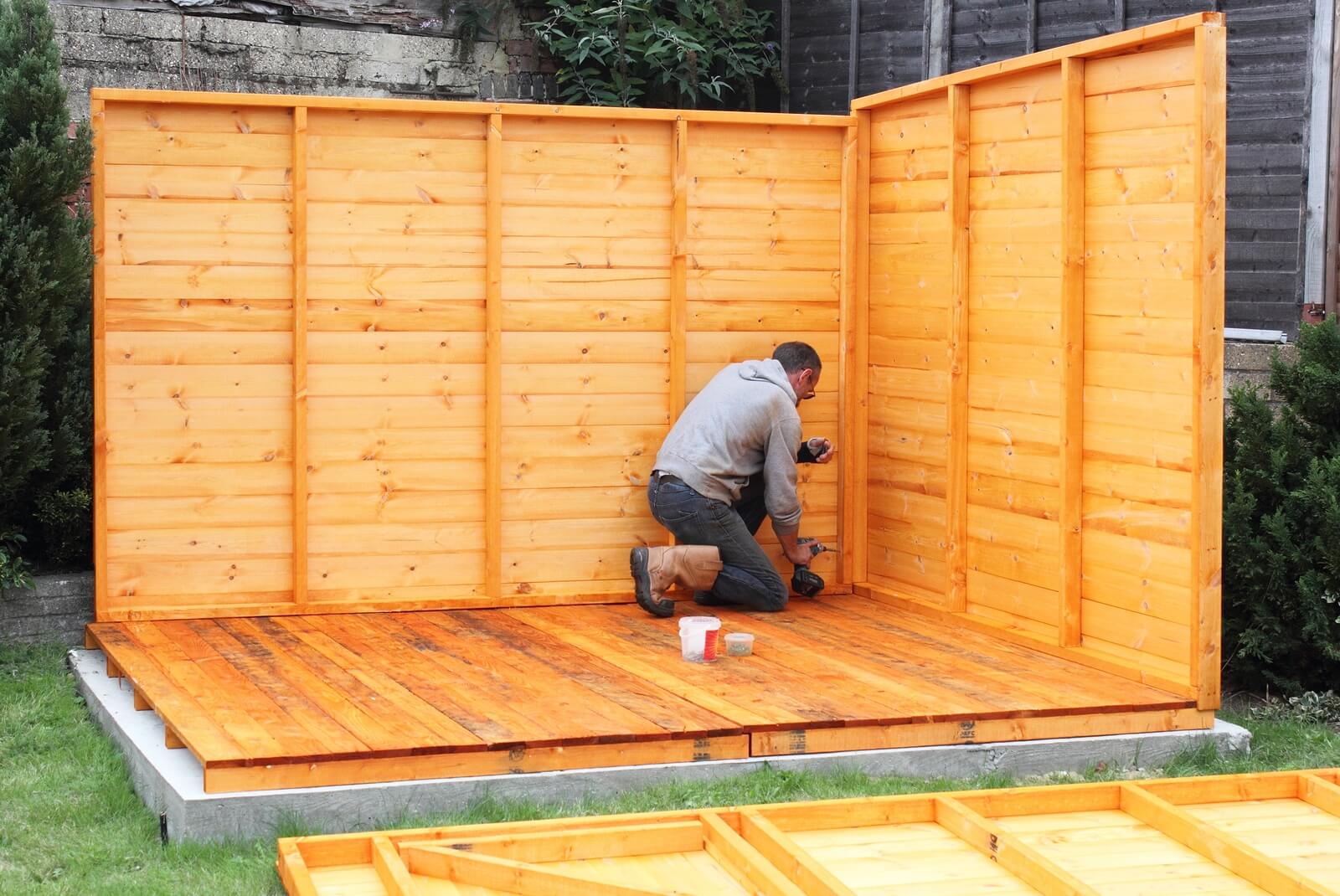
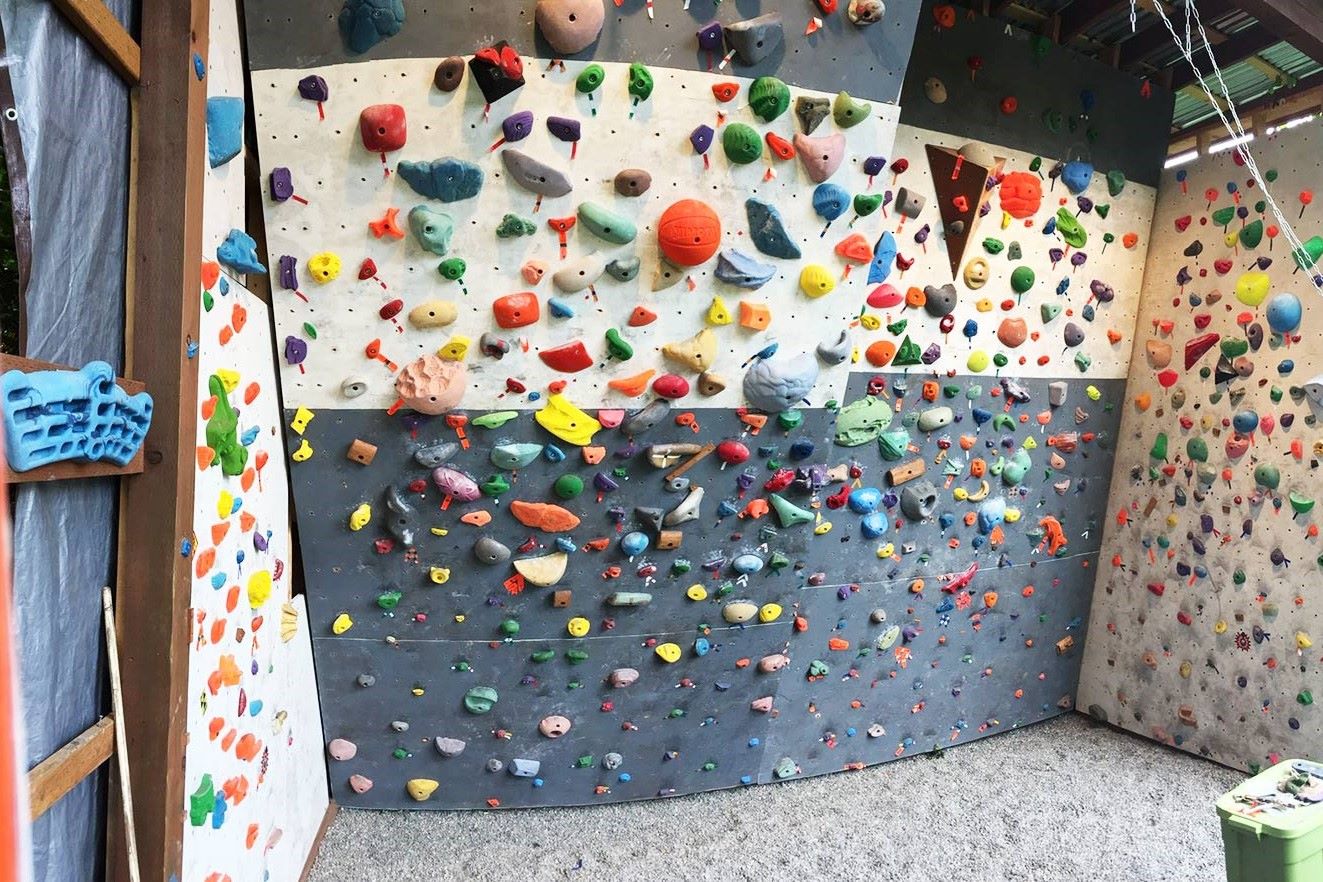
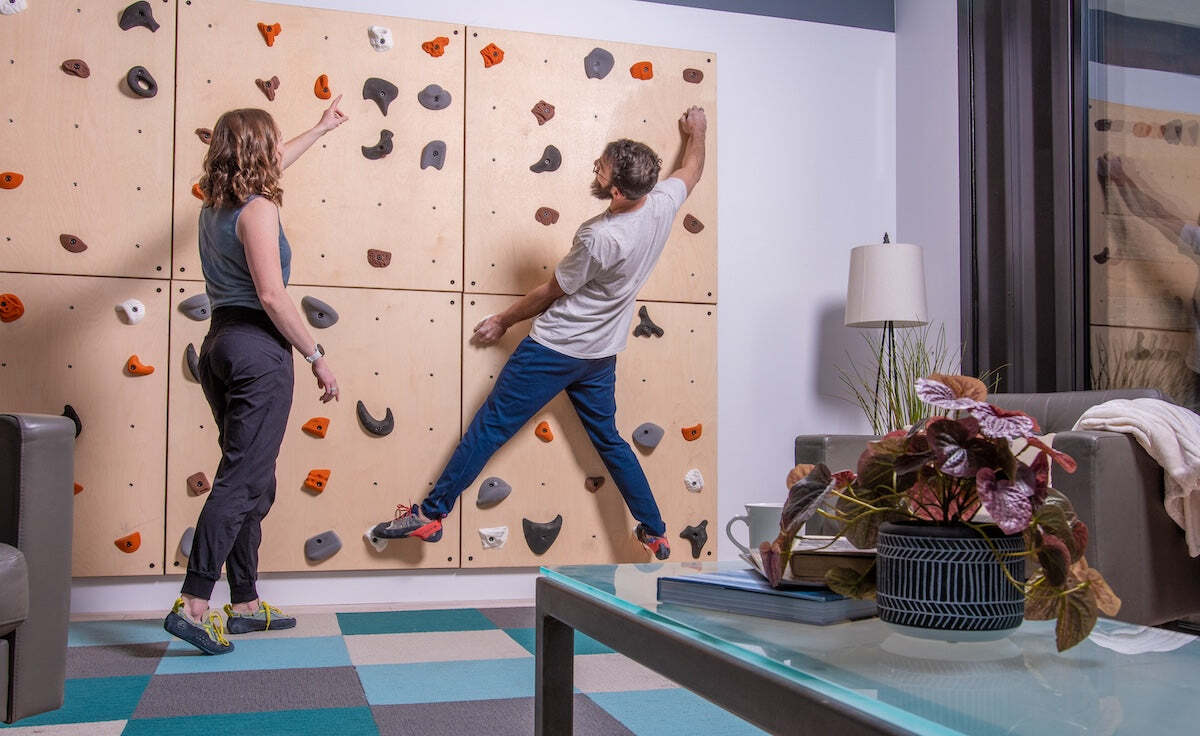
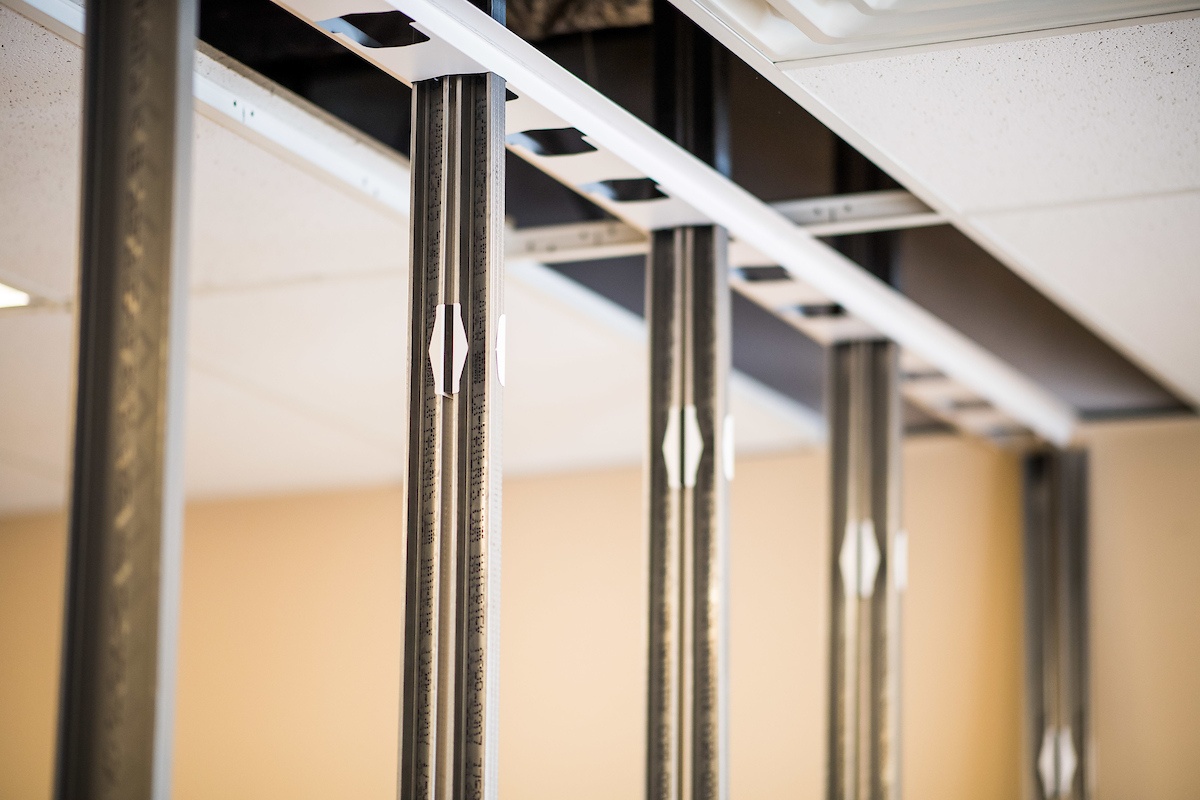

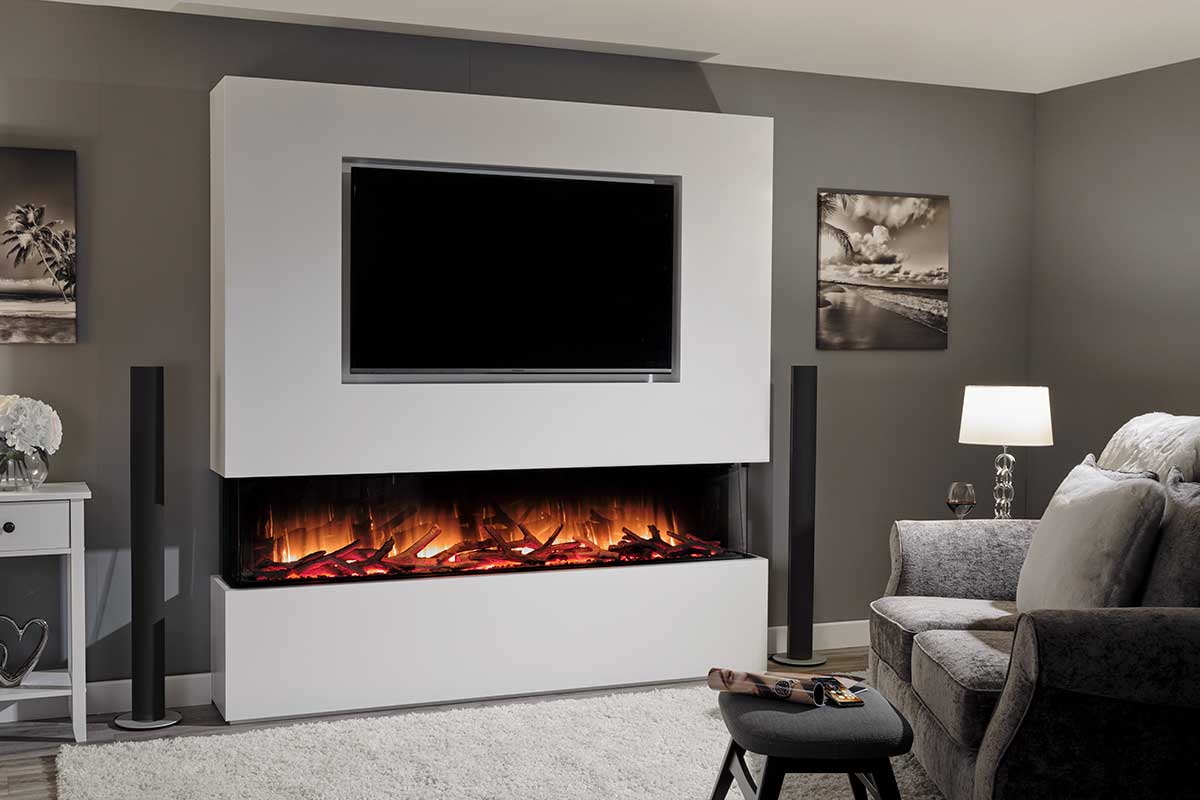
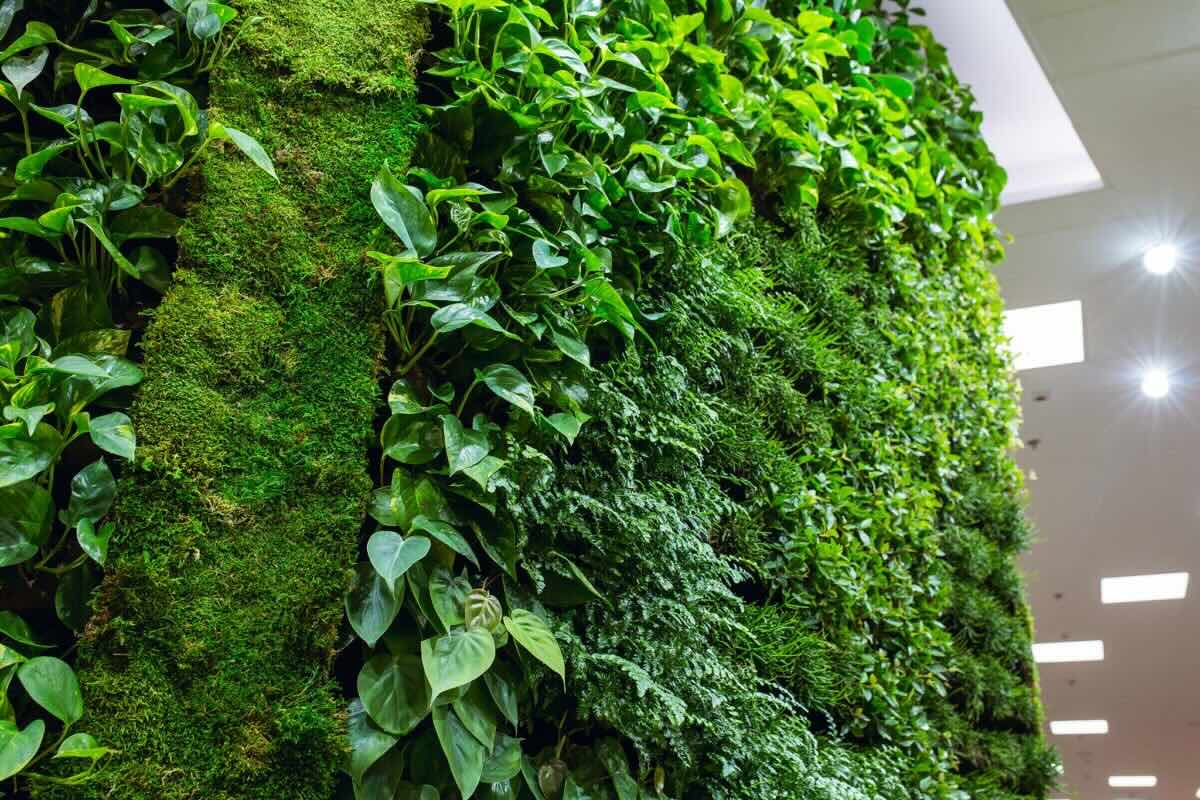

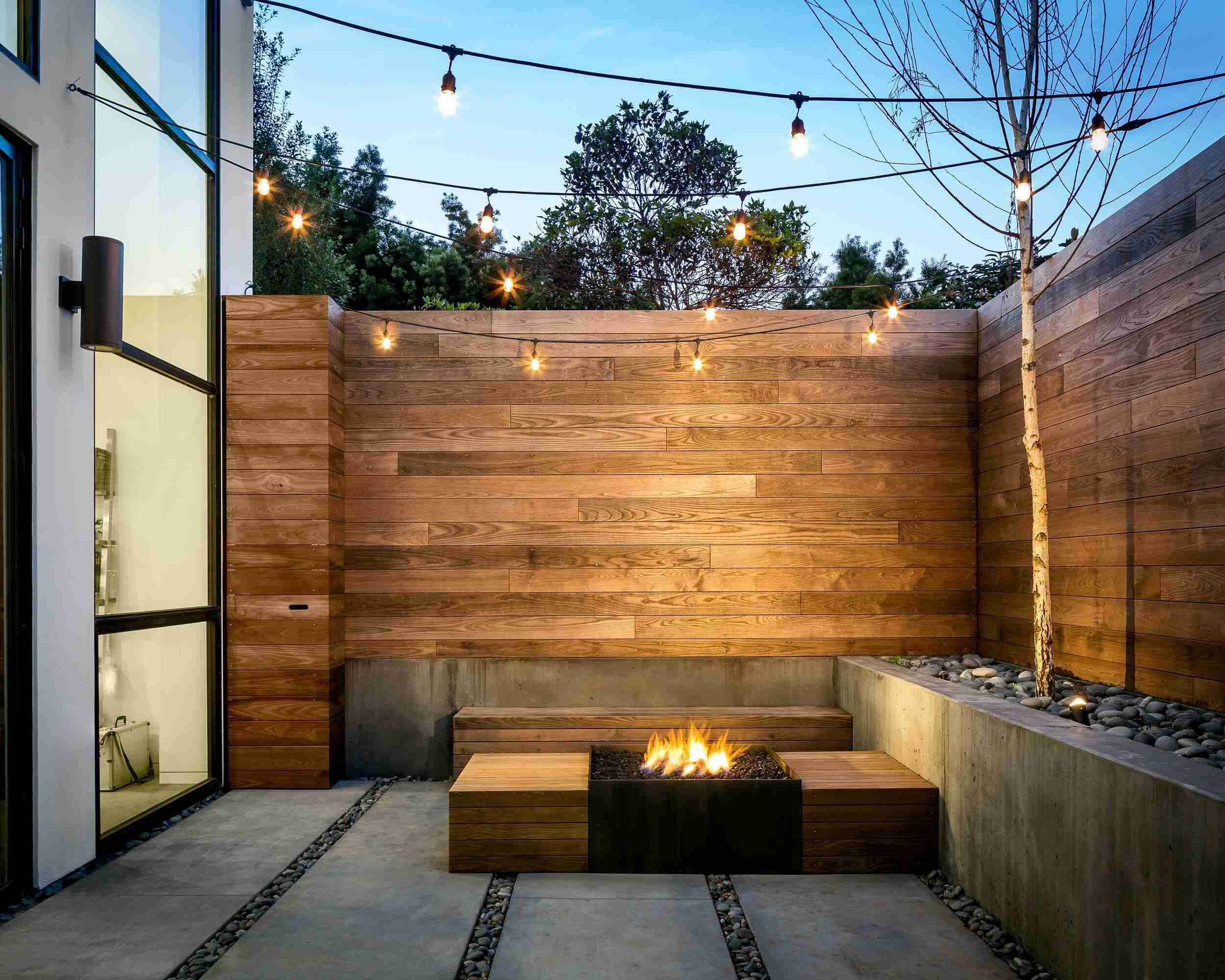
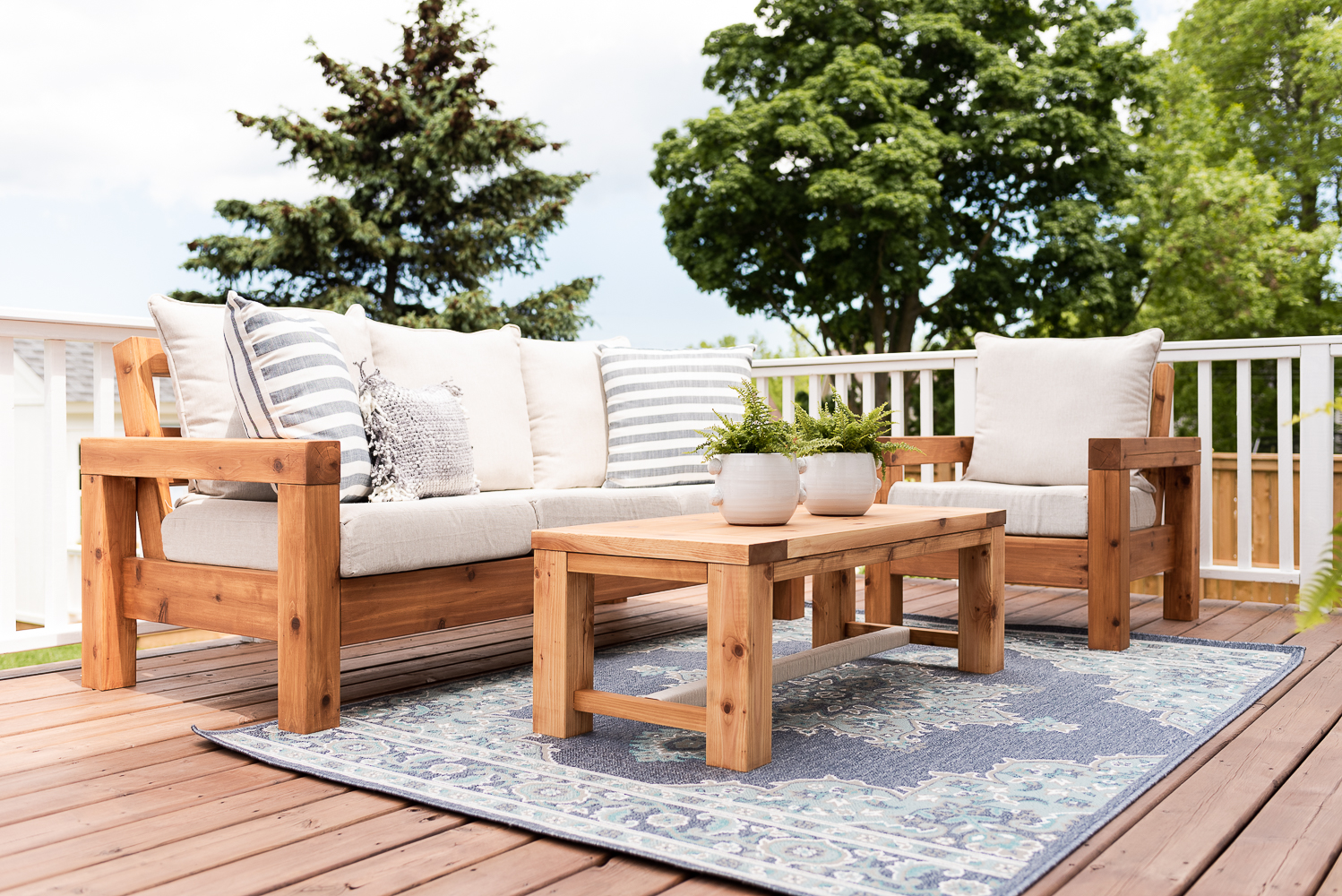
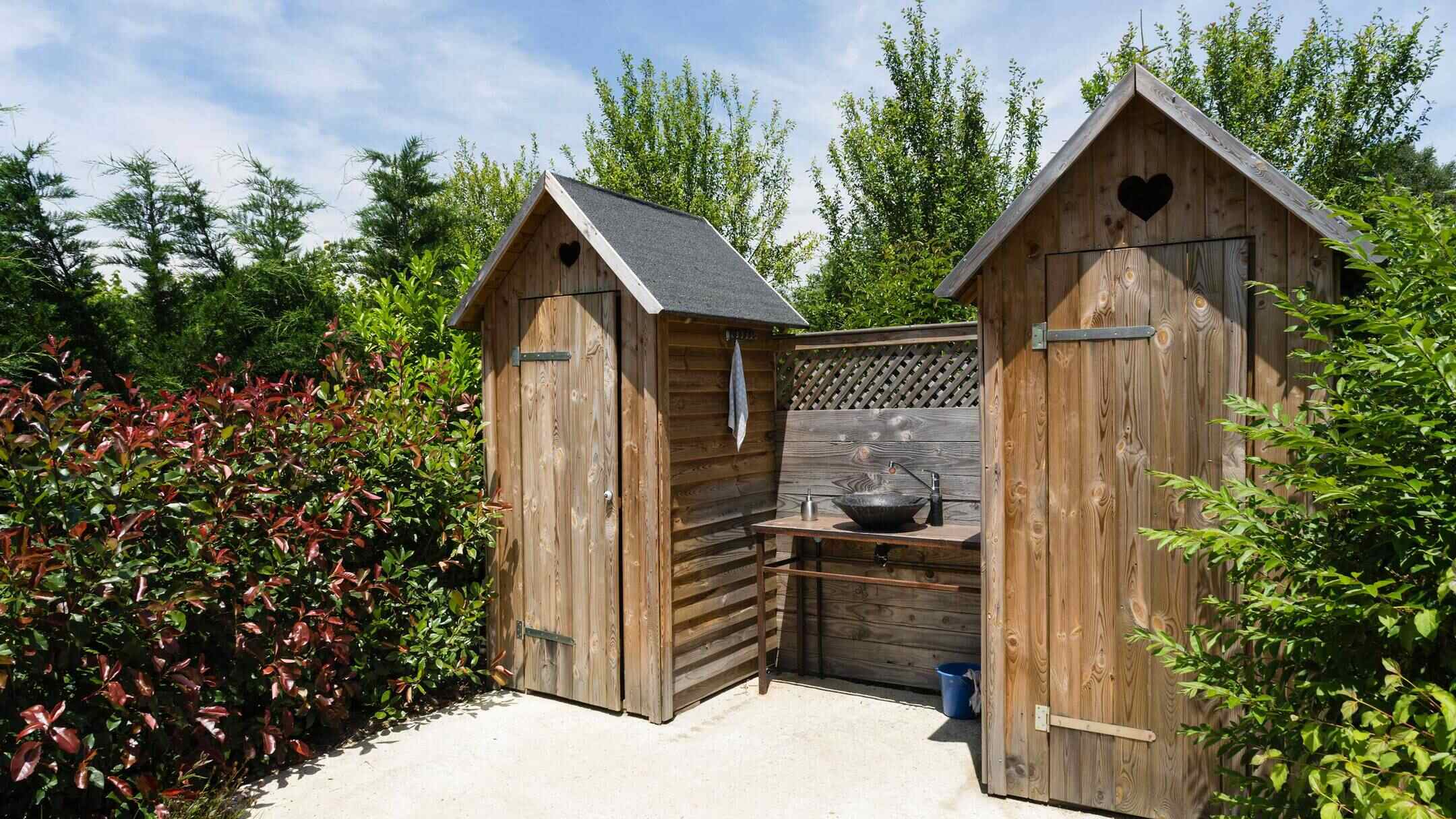
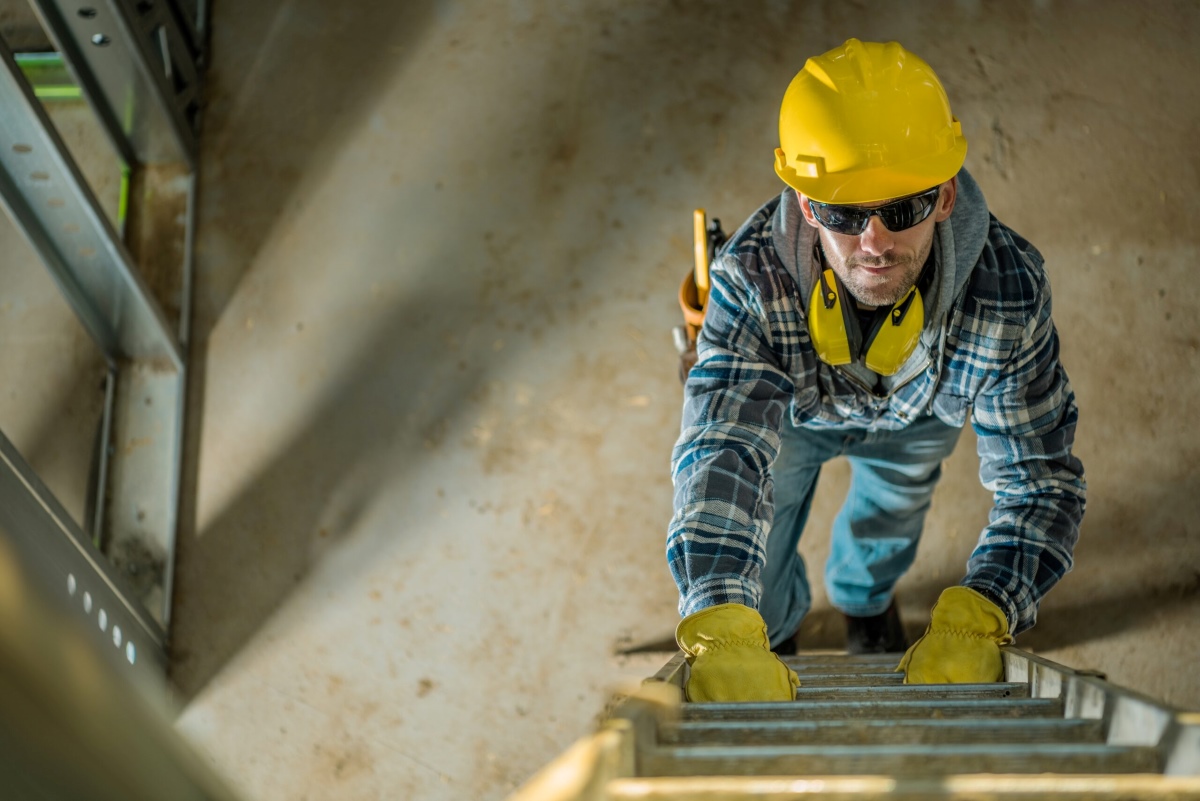
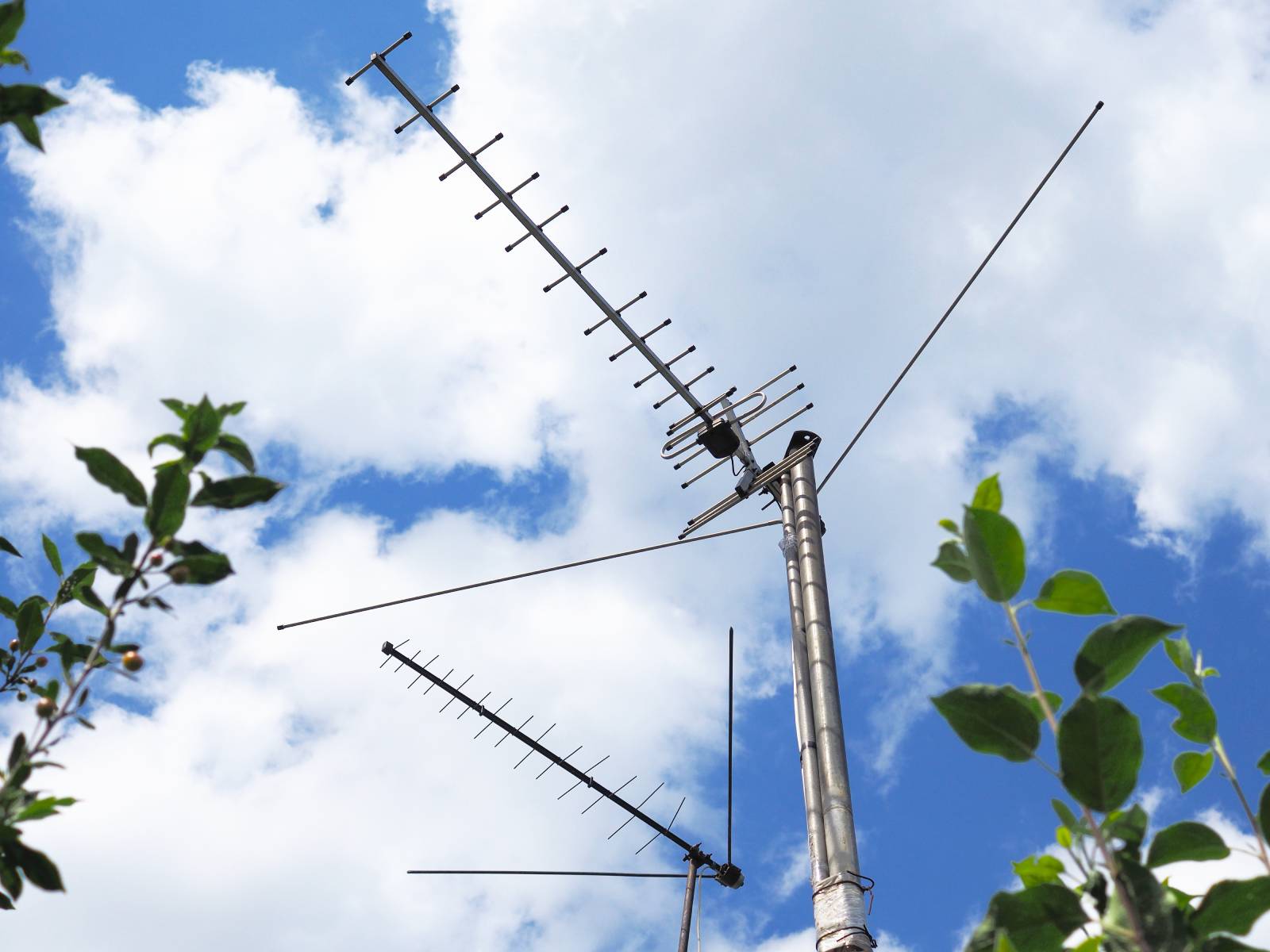

0 thoughts on “How To Build An Outdoor Climbing Wall”